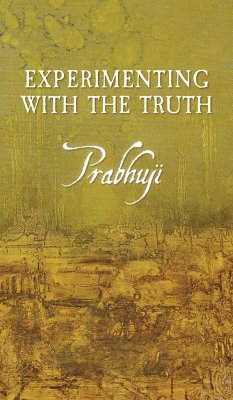
Authenticity, Legitimacy and the Transglobal Yoga Industry
A Sociological Analysis of Shanti Mandir
Versandkostenfrei!
Versandfertig in 1-2 Wochen
179,99 €
inkl. MwSt.
Weitere Ausgaben:

PAYBACK Punkte
90 °P sammeln!
This book is a sociological study of knowledge and knowers and explores the production and perceived value of 'yogic knowledge', how distinction is curated, and how access to this knowledge is gained. It will be of interest to researchers studying South Asian Studies, Religious Studies, Indian religion and yoga.







![A Further Attempt to Substantiate the Legitimacy of Infant Baptism and of Sprinkling, as a Scriptural Mode of Administering That Ordinance [microform] Cover A Further Attempt to Substantiate the Legitimacy of Infant Baptism and of Sprinkling, as a Scriptural Mode of Administering That Ordinance [microform]](https://bilder.buecher.de/produkte/65/65535/65535835n.jpg)






